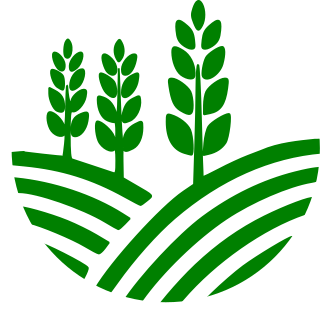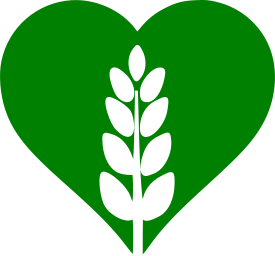Bread that's better for you
With sourdough, long fermentations, traditional methods and wheat grown in a more natural way, bread can be healthier and much more nutritious.
Forget about whiter-than-white supermarket bread that leaves you bloated and hungry. Know what goes into your bread and how it can be a nutritious, beneficial and tasty part of your diet.

NATURAL
All the flour and the grains I use are grown using natural methods in Viljandimaa.
Free of pesticides, made with respect for nature.
Like in the old days.

LOWER IN GLUTEN
Sourdough makes the bread rise slowly and "pre-digests" the gluten. With the naturally lower-gluten flour I use, and by gently mixing the dough by hand, it makes the bread more digestible.

STONEGROUND
Slowly crushed between stones, the flour keeps more of the good stuff in it. Even my sifted "white" flour is not totally white, with the germ and some of the bran in it. Best of both worlds.
Freshly milled
Right before making the dough, wheat, spelt and rye are ground in a KoMo Jumbo stone mill. Using fresh flour means all the minerals, vitamins and essential oils of the grain, which would otherwise disappear, are kept in the dough, for more intense aromas in the bread and better health properties.
For more information about the KoMo range and the benefits of grinding your own grains at home for all kinds of purposes, head over to the website of our partner Viljapea!
Kneaded by hand
By gently mixing and kneading the dough by hand, the integrity of the dough is respected. Electric mixers tend to over-develop the gluten and oxydize the dough, which makes the bread less digestible and less tasty.
I chose the hard way (but a great workout!) because it makes better, healthier bread. No machines in the bakery: only a good old wood-fired oven and a big dough mixing trough, custom built from strong Estonian oak. I also like this contact with the dough and how it takes me back to the roots of bread baking.
feel fuller longer
In the past, how did people eat lots of wheat bread every day without being hungry or gluten-intolerant? The answer is traditional methods and flour quality.
Modern wheats have been engineered for maximum gluten, for more volume and profit. The flour I use is the opposite: lower in gluten, like ancient wheat, more natural.
Also, I let the bread rise slowly for 24 hours with sourdough, which lowers its glycemic index. It also improve the texture of the crumb and keeps it fresher for longer.
natural leavening
Everything made at the bakery is leavened with sourdough, even our croissants and pastries.
Know as levain in French, sourdough was the only way to make dough rise for thousands of years. It is slower than commercial yeast and contains dozens of friendly bacteria that give sourdough bread its distinctive sourness and complex aromas. They also nibble at the gluten in the dough, making it harder to handle for me, but easier to digest for you!
Bakers like to give their levain a name. Mine is called Hugolin, he’s more than 10 years old already!
What customers say...

François' bread is the only wheat bread I can eat without feeling bloated, and the taste is out of this world!
Léa R.

When I go back home to France, I miss François' bread. I've been ordering it for 3 years, it is simply the best bread you can buy in Estonia.
Olivier L.
